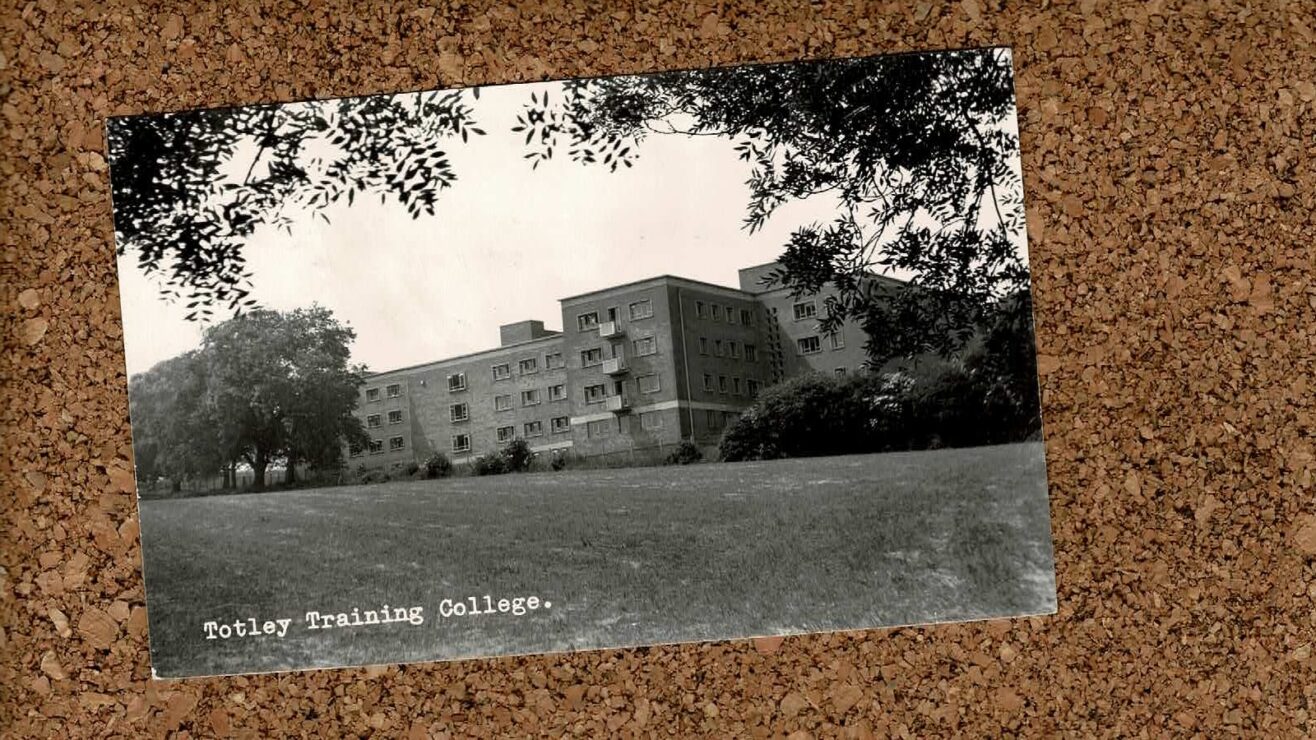“Don’t Look to the Ivy League” is an interesting article in the London Review of Books by Howard Hotson. Essentially, his argument is that a wider reading of the league tables suggest that the UK generally punches above its weight. The USA, despite dominating the very top of the table, lacks strength in depth. In short, he argues that the US model really isn’t that great an example to follow:
The top ten or 20 places typically grab all the attention. What happens when we consider all 200? No summary of the mean rankings of the top 200 universities over the past seven years is available, but we can examine the data in the THE rankings for 2010-11. In the top 50 places, US outnumber UK universities by five to one. In the second tier (places 51-100), American universities begin to lose their edge, and the proportion drops to three to one. In the bottom half of the table (places 101-200), the number of places held by both countries is much reduced, as universities from other countries crowd onto the table, but the significant point is that here the US and UK universities are virtually at level pegging. UK universities are distributed fairly uniformly throughout the table, which suggests that there is a smooth and gradual transition from the top tier of universities to the next level down, and so on. The US university system, by contrast, appears to concentrate a hugely disproportionate share of resources in a small group of very wealthy and exclusive private institutions.

The consequence of this concentration of resources in this exclusive group of elite insitutions is, according to Hotson, an endless escalation of tuition fee levels which further reinforce the position of the elite. Moreover, the increase in tuition fees is partly justified by a need to fuel a student experience arms race:
Jonathan Cole, former provost and dean of faculties at Columbia, wrote in the Huffington Post last year that in addition to fee inflation, a major contributor to the increased cost of higher education in America stems from the
perverse assumption that students are ‘customers’, that the customer is always right, and what he or she demands must be purchased. Money is well-spent on psychological counselling, but the number of offices that focus on student activities, athletics and athletic facilities, summer job placement and outsourced dining services, to say nothing of the dormitory rooms and suites that only the Four Seasons can match, leads to an expansion of administrators and increased cost of administration.
If Cole is correct, then the marketisation of the higher education sector stimulates not one but two separate developments which run directly counter to government expectations. On the one hand, genuine market competition between elite universities drives up average tuition fees across the sector. On the other, the marketing of the ‘student experience’ places an ever increasing portion of university budgets in the hands of student ‘customers’. The first of these mechanisms drives up price, while the second drives down academic value for money, since the inflated fees are squandered on luxuries. To judge from the American experience, comfortable accommodation, a rich programme of social events and state of the art athletic facilities are what most 18-year-olds want when they choose their ‘student experience’; and when student choice becomes the engine for driving up standards, these are the standards that are going to be driven up.
Will it happen here? And what might be the consequences for academic standards?












This http://thinkprogress.org/default/2011/06/01/233699/the-fab-five-colleges-for-low-income-students/ also provides an interesting perspective. There are only two institutions in the UK with a graduation rate *below* 50%, and one of those (Birkbeck) is due to a data anomaly…